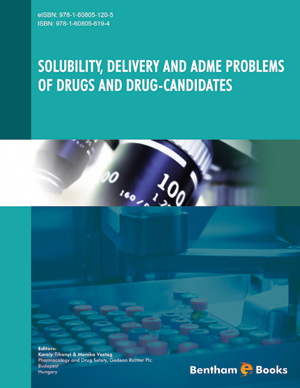Abstract
The blood-brain barrier, a dynamic interface separating the brain from systemic circulation, is the major entry route for therapeutic compounds to the central nervous system. The blood-brain barrier phenotype of the endothelial cells of brain microvessels includes tight interendothelial junctions, the lack of pinocytosis and fenestrae, transendothelial transport pathways, and a metabolic barrier. The primary role of the blood-brain barrier is to create ionic homeostasis for neuronal functions, but it also provides the central nervous system with nutrients and protects it from toxic insults. The formation and maintenance of these organ-specific characteristics are based on cross talk between the cells of the neurovascular unit, such as brain endothelial cells, pericytes, astroglia, microglia and neurons. The problem of drug transport at the blood-brain barrier is two-fold: the great majority of neuropharmaceutical candidates, hydrophilic molecules, biopharmaceuticals and efflux transporter ligands do not penetrate the blood-brain barrier, while unwanted side effects develop if a drug with main peripheral action crosses the blood-brain barrier. Overcoming the major mechanisms restricting drug transport at the level of the blood-brain barrier, tight interendothelial junctions, efflux transporters and the enzymatic barrier can lead to better drug penetration to the brain. In addition, there are several physiological transport pathways – the carrier systems and the adsorptive and receptor-mediated transports – which can be exploited for drug targeting. Strategies for drug delivery and targeting to the brain include modification of the molecules, modification of the blood-brain barrier functions, and circumvention of the blood-brain barrier. Some of the techniques based on these strategies are already in clinical use, while others are promising new possibilities for improving the therapy of central nervous system diseases.






















